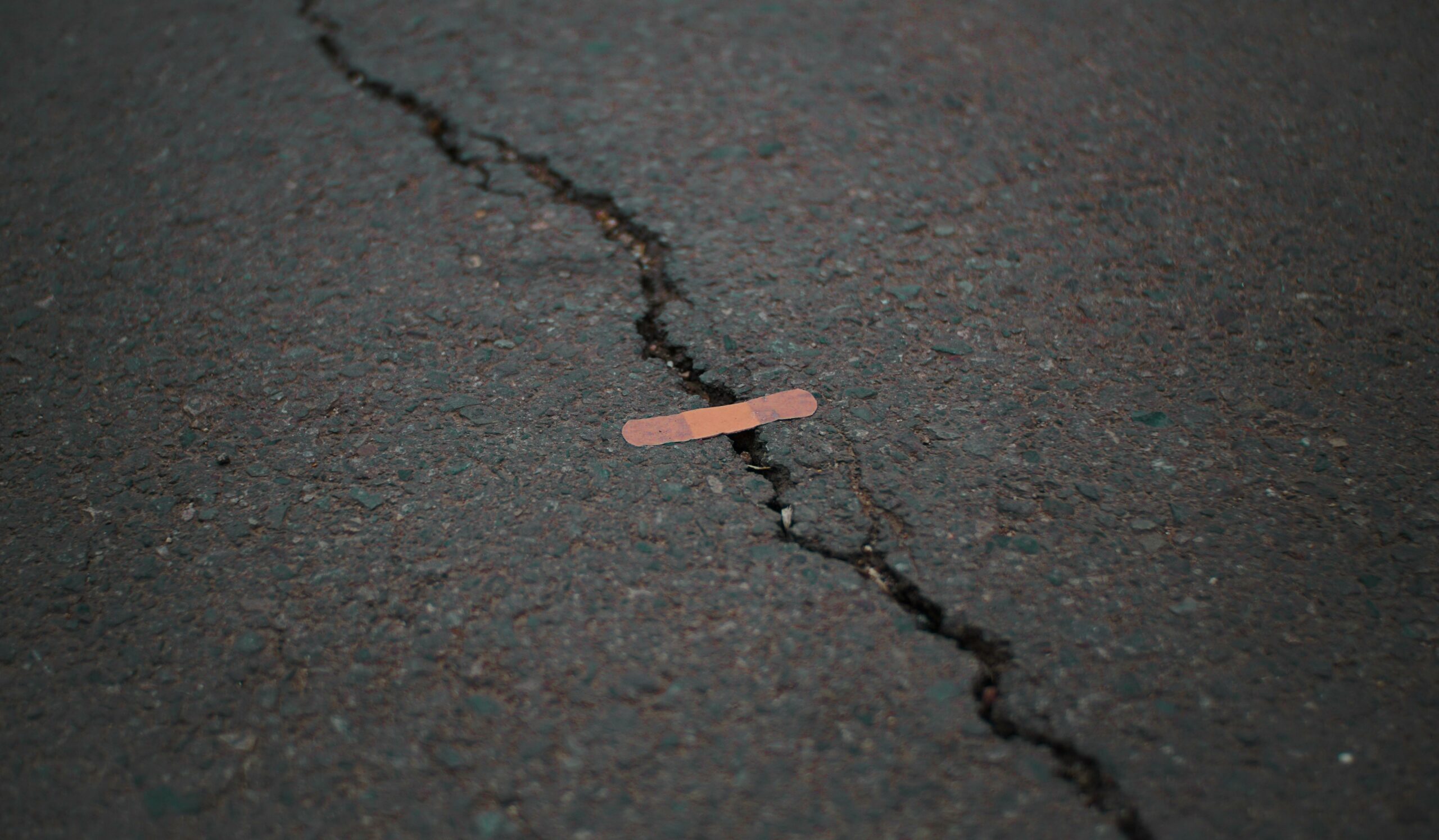Are you tired of dealing with unsightly red scars that seem to linger long after an injury or acne breakout has healed? You’re not alone. Red scars can be frustrating, but understanding their causes is the key to finding effective solutions. In this article, we delve into the depths of dermatology expertise to unmask the hidden culprits behind red scars. As an experienced dermatologist with over a decade in the field, I have encountered countless cases and gained invaluable insights into the factors that contribute to the formation of these stubborn marks. So, sit back and prepare to uncover the truth about the causes of red scars.

Causes of Red Scars: Insights from an Expert Dermatologist
As an experienced dermatologist with expertise in diagnosing and treating scars, I have encountered numerous cases where patients are troubled by the redness of their scars. In this article, we will delve into the various factors that contribute to the formation of red scars, providing you with valuable insights and understanding.
The color of a scar is determined by two processes: post-inflammatory erythema and post-inflammatory hyperpigmentation. Post-inflammatory erythema occurs when more blood is brought to the damaged skin to aid in the healing process, resulting in a temporary red or purple color. On the other hand, post-inflammatory hyperpigmentation happens when prolonged inflammation, such as in acne lesions, causes the skin to produce excessive melanin, leading to darkening of the scar.
When it comes to understanding red scars, it’s important to consider the individual’s skin type. Scars on lighter skin initially appear pink or red due to the increased blood flow, but over time, they tend to fade and become slightly darker or lighter than the surrounding skin. On the other hand, scars on dark skin often appear as dark spots.
So, what are the common causes of red scars? One primary cause is acne. When pimples or acne are not properly healed, they can result in acne scars. This can be caused by the clogging of skin pores by dead skin cells and oil. Acne scars can be distressing for individuals, affecting their self-confidence.
Scars, including red scars, are a natural part of the body’s healing process. When the skin is injured, collagen is produced to repair the damaged tissues. However, the appearance of scars can vary based on the body’s response to injury, leading to differences in color, texture, and overall appearance.
While knowing the causes of red scars is important, understanding the available treatment options is equally essential. Dermabrasion, injection treatments, and surgery are some of the treatment methods that can effectively reduce the appearance of scars. However, it is crucial to consult with a dermatologist to determine the most suitable treatment based on the individual’s specific case.
It’s worth mentioning that not all scars are the same. Keloid scars, for instance, are an overgrowth of tissue caused by excessive collagen production at the site of a wound. These scars extend beyond the original injury and can be particularly bothersome for individuals.
To summarize, the causes of red scars can vary, ranging from trauma and surgery to burns and acne. Understanding the underlying factors contributing to the formation of red scars is crucial in devising appropriate treatment plans. As an expert dermatologist, I’ve witnessed firsthand the impact that red scars can have on individuals, both physically and emotionally. By staying informed about the latest advancements in scar treatment and drawing on my extensive experience, I strive to provide effective solutions and preventative measures tailored to each unique case.
Intrigued by the fascinating world of scar formation? Let’s explore further in the upcoming sections as we uncover additional insights on this captivating topic.
If you’ve ever wondered why your old scar is suddenly turning red, you’re not alone. It can be quite alarming to see a scar that you thought had healed start to change color. But fret not, there might be a simple explanation for this phenomenon. To find out more about why scars can turn red over time, click here: Why Is My Old Scar Turning Red.
FAQ
Q: What are the main causes of red scars?
A: The main causes of red scars include trauma, surgery, burns, or acne. These factors can trigger a response in the body’s healing process, leading to increased blood flow and temporary red or purple coloration in the scar.
Q: Why do scars on lighter skin appear pink or red?
A: Scars on lighter skin initially appear pink or red due to post-inflammatory erythema, which occurs when more blood is brought to the damaged skin to aid in the healing process. Over time, the color of the scar usually fades and becomes slightly darker or lighter than the surrounding skin.
Q: How do scars on dark skin appear?
A: Scars on dark skin often appear as dark spots. This is due to post-inflammatory hyperpigmentation, where prolonged inflammation causes the skin to produce excessive melanin, leading to darkening of the scar.
Q: Can acne lead to the formation of scars?
A: Yes, acne can lead to the formation of scars if pimples or acne lesions are not properly healed. The clogging of skin pores by dead skin cells and oil can contribute to the development of acne scars.
Q: How can scars be treated to reduce their appearance?
A: Different treatments can be used to reduce the appearance of scars, including dermabrasion, injection treatments, and surgery. These approaches aim to improve the texture and color of the scar, helping it blend in more with the surrounding skin.
“`json
“`
- Senior at What Age: Benefits & Eligibility Guide - March 29, 2025
- Unlocking Senior Benefits: How Old is a Senior? Your Complete Guide - March 29, 2025
- Master Russian Politeness:A Guide to Saying Please - March 29, 2025
















